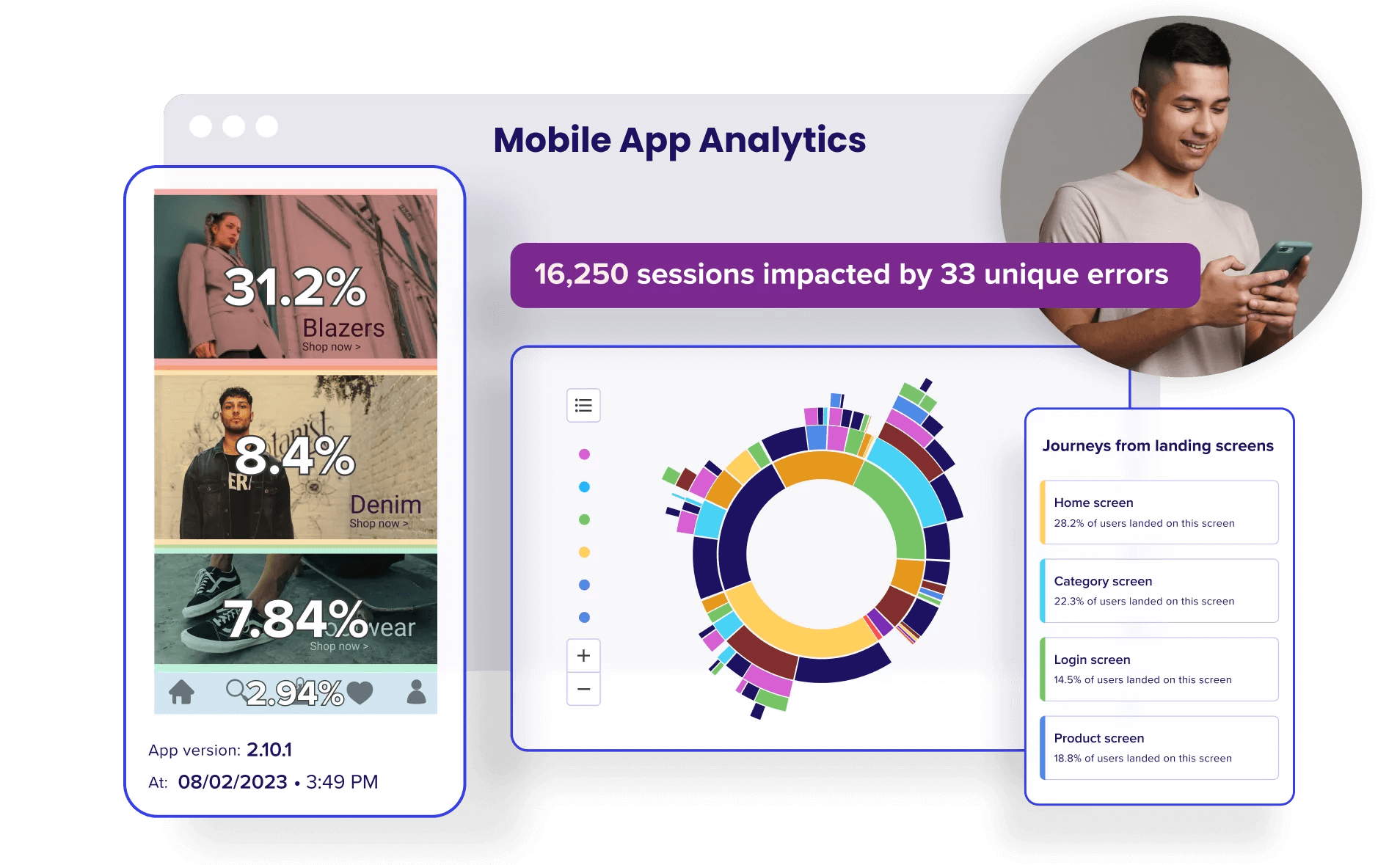
Uncover trends for crucial digital KPIs
Access the 2024 Digital Experience Benchmarks Report for the metrics that really matter.

In the world of research and data analysis, quantitative data holds immense importance. It provides numerical insights and statistical analysis that help reveal patterns, trends, and relationships. In this article, we will delve into quantitative data, exploring its definition, collection methods, and its significance in various research fields.
Quantitative data refers to information that can be measured and expressed numerically. It deals with objective facts and figures, allowing for statistical analysis and mathematical calculations. Here are some key characteristics of quantitative data:
Quantitative data can be collected through various methods, including:

Uncover trends for crucial digital KPIs
Access the 2024 Digital Experience Benchmarks Report for the metrics that really matter.
Let’s explore some examples of quantitative data in different research fields:
Quantitative data provides a powerful tool for researchers to understand complex phenomena, establish trends, and make data-driven decisions. By studying numerical measurements and statistics, researchers can draw objective conclusions and uncover patterns that may not be immediately apparent. Whether it’s market research, finance, education, or social sciences, quantitative data plays a vital role in providing valuable insights and guiding decision-making processes.

Prioritize improvements based on business impact to increase conversions and customer satisfaction.